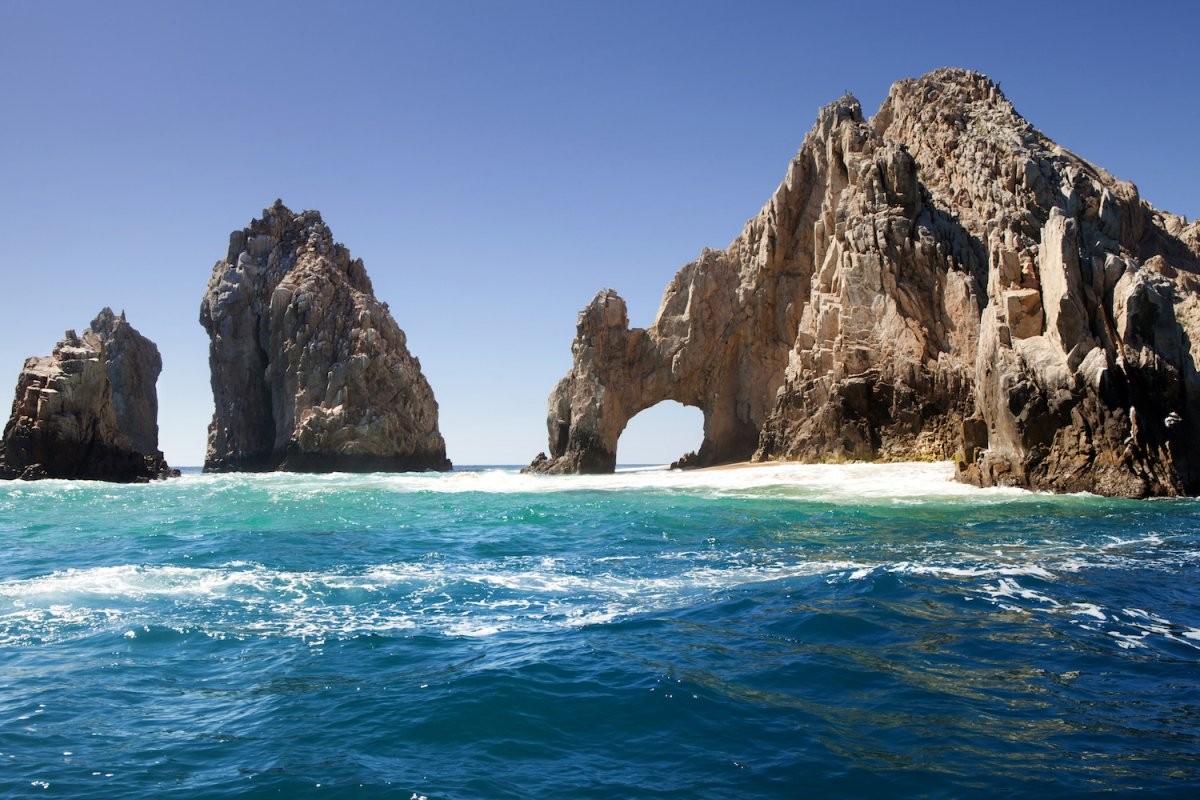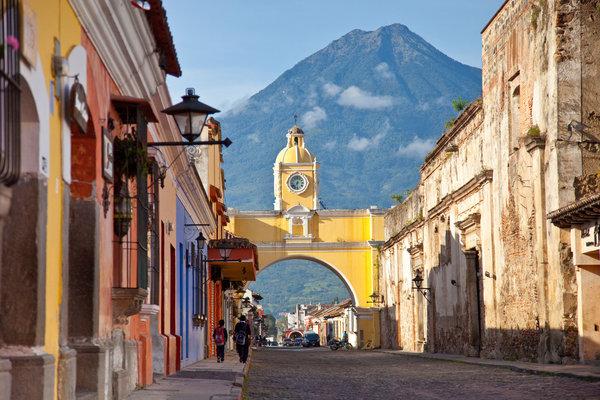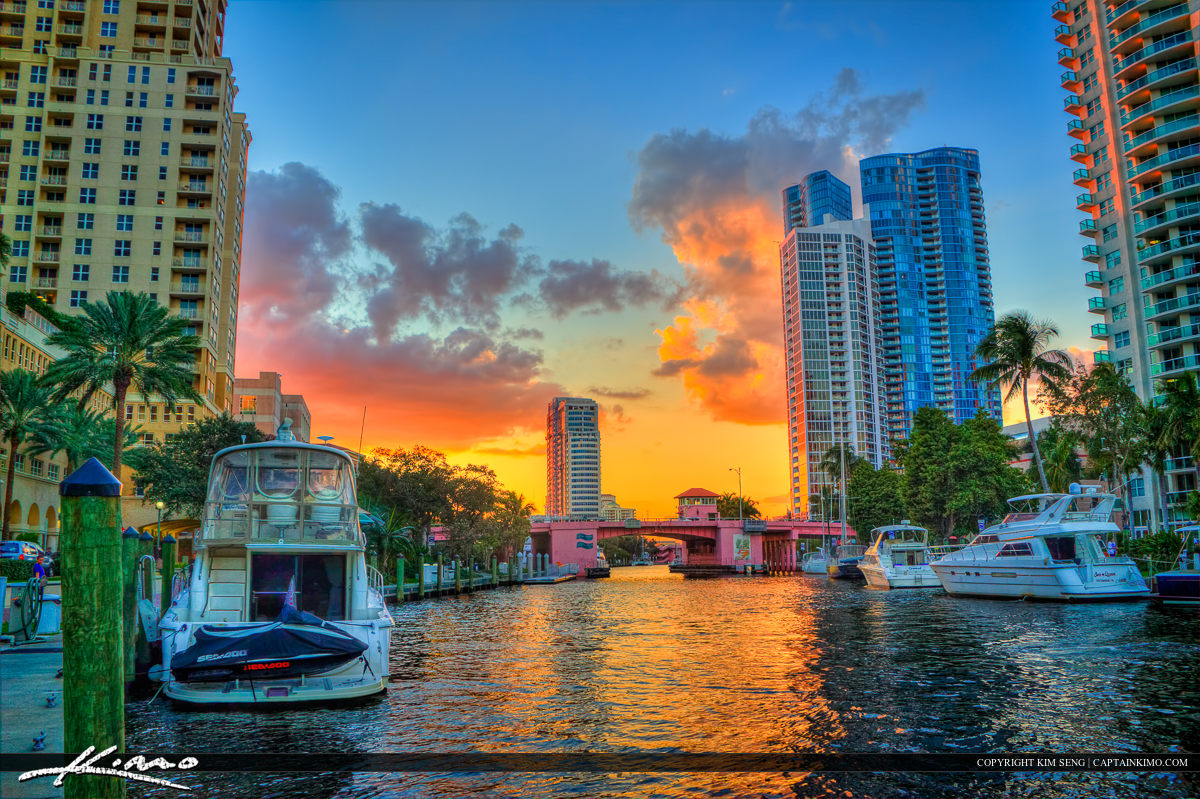

| Cruise Region :
South America / Antarctica Transatlantic cruises |
| Company Category : Premium |
| Company name : Holland America Line |
| Ship name : Amsterdam |
| Journey Start Date : Wed 18 Dec 2019 |
| Journey End Date : Sat 04 Jan 2020 |
| Port start : San Diego California / USA |
| Port end : Fort Lauderdale / USA |
| Count Nights : 17 nights |
| Day | Port | Date | Arrival | Departure |
|---|---|---|---|---|
| 1 | San Diego California / USA | Wed 18 Dec | 17:00 | |
| 2 | Day at sea / Sea | Thu 19 Dec | ||
| 3 | Cabo San Lucas / Mexico | Fri 20 Dec | 11:00 | 18:00 |
| 4 | La Pas / Mexico | Sat 21 Dec | 08:00 | 17:00 |
| 5 | Day at sea / Sea | Sun 22 Dec | ||
| 6 | Manzanillo / Mexico | Mon 23 Dec | 08:00 | 16:00 |
| 7 | Day at sea / Sea | Tue 24 Dec | ||
| 8 | Huatulco / Mexico | Wed 25 Dec | 10:00 | 18:00 |
| 9 | Puerto Chiapas / Mexico | Thu 26 Dec | 11:00 | 20:00 |
| 10 | Puerto Quetzal / Guatemala | Fri 27 Dec | 08:00 | 18:00 |
| 11 | Corinth Corinto / Nicaragua | Sat 28 Dec | 08:00 | 16:00 |
| 12 | Puerto Caldera / Costa Rica | Sun 29 Dec | 08:00 | 18:00 |
| 13 | Day at sea / Sea | Mon 30 Dec | ||
| 14 | Panama Canal / Panama | Tue 31 Dec | ||
| 15 | Balboa / Panama | Wed 01 Jan | 05:00 | 05:00 |
| 16 | Christoba / Panama | Thu 02 Jan | 19:00 | 19:00 |
| 17 | Cartagena Bolivar / Colombia | Fri 03 Jan | 12:00 | 18:00 |
| 18 | Day at sea / Sea | Sat 04 Jan | ||
| 19 | Day at sea / Sea | Sun 05 Jan | ||
| 20 | Fort Lauderdale / USA | Mon 06 Jan | 07:00 |
| Length : 290.00 |
| Speed : 24.00 |
| Capacity : 2340 |
| Deck Quantity : 11 |



Cabo San Lucas or simply Cabo, is a resort city at the southern tip of the Baja California Peninsula, in the Mexican state of Baja California Sur. As of 2015, the population of the city was 81,111 inhabitants. Cabo San Lucas together with San José del Cabo is known as Los Cabos. Together they form a metropolitan area of 305,983 inhabitants.
Cabo has been rated as one of Mexico's top 5 tourist destinations; it is known for its beaches, scuba diving locations, balnearios, the sea arch El Arco de Cabo San Lucas, and marine life. The Los Cabos Corridor has become a heavily trafficked vacation destination for tourists, with numerous resorts and timeshares along the coast between Cabo San Lucas and San José del Cabo.
Cabo houses a range of wildlife, including rays, sharks, birds, and a range of fish, such as mahi-mahi (dorado), and striped marlin.





Huatulco, formally Bahías de Huatulco, centered on the town of La Crucecita, is a tourist development in Mexico. It is located on the Pacific coast in the state of Oaxaca. Huatulco's tourism industry is centered on its nine bays, thus the name Bahias de Huatulco, but has since been unofficially shortened to simply Huatulco. Huatulco has a wide variety of accommodations from rooms for rent, small economy luxury hotels, luxury villas, vacation condominiums, bed and breakfasts, as well as several luxury resorts standing on or near the shores of Tangolunda Bay. The Camino Real Zaashila (formerly the Omni Zaashila), Quinta Real Huatulco, Las Brisas (formerly a Club Med), Dreams Resort & Spa (formerly the Royal Maeva then the Gala hotel), and the Barceló (formerly the Sheraton hotel) are examples of the most popular larger resorts in the area.
Huatulco is located in the state of Oaxaca where the foothills of the Sierra Madre del Sur mountains meet the Pacific Oceanapproximately 500 km south of Acapulco, Guerrero. The population is 50,000.






The Panama Canal is an artificial 82 km (51 mi) waterway in Panama that connects the Atlantic Ocean with the Pacific Ocean. The canal cuts across the Isthmus of Panama and is a conduit for maritime trade. Canal locks are at each end to lift ships up to Gatun Lake, an artificial lake created to reduce the amount of excavation work required for the canal, 26 m (85 ft) above sea level, and then lower the ships at the other end. The original locks are 34 m (110 ft) wide. A third, wider lane of locks was constructed between September 2007 and May 2016. The expanded canal began commercial operation on June 26, 2016. The new locks allow transit of larger, post-Panamax ships, capable of handling more cargo.
France began work on the canal in 1881, but stopped due to engineering problems and a high worker mortality rate. The United States took over the project in 1904 and opened the canal on August 15, 1914. One of the largest and most difficult engineering projects ever undertaken, the Panama Canal shortcut greatly reduced the time for ships to travel between the Atlantic and Pacific Oceans, enabling them to avoid the lengthy, hazardous Cape Horn route around the southernmost tip of South America via the Drake Passage or Strait of Magellan.
Colombia, France, and later the United States controlled the territory surrounding the canal during construction. The US continued to control the canal and surrounding Panama Canal Zone until the 1977 Torrijos–Carter Treatiesprovided for handover to Panama. After a period of joint American–Panamanian control, in 1999, the canal was taken over by the Panamanian government. It is now managed and operated by the government-owned Panama Canal Authority.



The city of Cartagena, known in the colonial era as Cartagena de Indias, is a major port founded in 1533, located on the northern coast of Colombia in the Caribbean Coast Region. It was strategically located between the Magdalena and Sinú rivers and became the main port for trade between Spain and its overseas empire, establishing its importance by the early 1540s. During the colonial era it was a key port for the export of Peruvian silver to Spain and for the import of enslaved Africans under the asiento system. It was defensible against pirate attacks in the Caribbean. It is the capital of the Bolívar Department, and had a population 971,592 as of 2016. It is the fifth-largest city in Colombia and the second largest in the region, after Barranquilla. The urban area of Cartagena is also the fifth-largest urban area in the country. Economic activities include the maritime and petrochemicals industries, as well as tourism.
The city was founded on June 1, 1533, and named after Cartagena, Spain, settlement in the region around Cartagena Bay by various indigenous people dates back to 4000 BC. During the Spanish colonial period Cartagena served a key role in administration and expansion of the Spanish empire. It was a center of political, ecclesiastical, and economic activity. In 1984, Cartagena's colonial walled city and fortress were designated a UNESCO World Heritage Site.



Fort Lauderdale is a city in the U.S. state of Florida, 28 miles (45 km) north of Miami. It is the county seat of Broward County. As of the 2017 census, the city has an estimated population of 180,072. Fort Lauderdale is a principal city of the Miami metropolitan area, which was home to an estimated 6,158,824 people in 2017.
The city is a popular tourist destination, with an average year-round temperature of 75.5 °F (24.2 °C) and 3,000 hours of sunshine per year. Greater Fort Lauderdale, encompassing all of Broward County, hosted 12 million visitors in 2012, including 2.8 million international visitors. In 2012, the county collected $43.9 million from the 5% hotel tax it charges, after hotels in the area recorded an occupancy rate for the year of 72.7 percent and an average daily rate of $114.48. The district has 561 hotels and motels comprising nearly 35,000 rooms. Forty-six cruise ships sailed from Port Everglades in 2012. Greater Fort Lauderdale has over 4,000 restaurants, 63 golf courses, 12 shopping malls, 16 museums, 132 nightclubs, 278 parkland campsites, and 100 marinas housing 45,000 resident yachts.
Fort Lauderdale is named after a series of forts built by the United States during the Second Seminole War. The forts took their name from Major William Lauderdale (1782–1838), younger brother of Lieutenant Colonel James Lauderdale. William Lauderdale was the commander of the detachment of soldiers who built the first fort. However, development of the city did not begin until 50 years after the forts were abandoned at the end of the conflict.
Three forts named "Fort Lauderdale" were constructed: the first was at the fork of the New River, the second was at Tarpon Bend on the New River between the present-day Colee Hammock and Rio Vista neighborhoods, and the third was near the site of the Bahia Mar Marina.